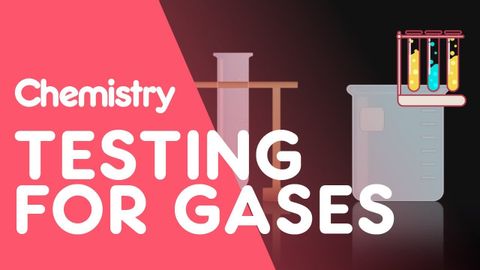氫氣、氧氣、二氧化碳、氨氣和氯氣的測試|化學之旅 (Testing for Hydrogen, Oxygen, Carbon Dioxide, Ammonia and Chlorine | The Chemistry Journey)
Yrchinese 發佈於 2021 年 01 月 14 日  沒有此條件下的單字
沒有此條件下的單字US /ɪˈvɛntʃuəli/
・
UK /ɪˈventʃuəli/
US /dɪˈtɚmɪn/
・
UK /dɪ'tɜ:mɪn/
- adj.分裂的;分離的;裂開的;(比賽)打成平局
- v.t./i.被劈開;被切開;撕裂;使分離;使不團結;分裂:劈開;(平均)分配
- n. (c./u.)分裂;分割;分裂
US /ˈækjərɪt/
・
UK /ˈækjərət/
